Nagasaki bells to ring in memory of atomic bomb victims
For the first time since atomic bombing of Nagasaki 80 years ago, twin bells at the immaculate Conception Cathedral will ring in the unison, commemorating the moment of tragedy occurred, on Saturday.
On August 9, 1945, at 11:02am, three days after a nuclear attack on Hiroshima, the United States dropped an atomic bomb on Nagasaki. It resulted in deaths of 74,000 people in the southwestern port city, and over 140,000 were killed in Hiroshima.
Shortly after the attack, on August 15, 1945, Japan surrendered, marking the end of World War II.
Historians have debated whether the bombings ultimately saved lives by bringing an end to the conflict and averting a ground invasion.
But those calculations meant little to survivors, many of whom battled decades of physical and psychological trauma, as well as the stigma that often came with being a hibakusha.
The historic red-brick cathedral, which was nearly destroyed in the explosion , was rebuilt in 1959. Originally, only one bell was salvaged from the rubble, leaving the northern tower silent until new bell was constructed with funds from American churchgoers. This new bell will chime on Saturday at the exact moment the bomb was dropped.
The cathedral’s chief priest, Kenichi Yamamura, believes the bell’s restoration “shows the greatness of humanity”.
He further told to AFP, “It’s not about forgetting the wounds of the past but recognising them and taking action to repair and rebuild, and in doing so, working together for peace”.
He also sees the chimes as a message to the world, shaken by multiple conflicts and caught in a frantic new arms race.
“We should not respond to violence with violence, but rather demonstrate through our way of living, praying, how senseless it is to take another’s life,” he said.
Nearly 100 countries are set to participate in this year’s commemorations, including Russia, which has not been invited since its 2022 invasion of Ukraine.
Israel, whose ambassador was not invited last year over the war in Gaza, is also expected to attend this weekend.
This year, “we wanted participants to come and witness directly the reality of the catastrophe that a nuclear weapon can cause”, a Nagasaki official said last week.
An American university professor, whose grandfather participated in the Manhattan Project, which developed the first nuclear weapons, spearheaded the bell project.
During his research in Nagasaki, a Japanese Christian told him he would like to hear the two bells of the cathedral ring together in his lifetime.
Inspired by the idea, a sociology professor at Williams College in Massachusetts, James Nolan, embarked on a year-long series of lectures about the atomic bomb across the United States, primarily in churches. He managed to raise $125,000 from American Catholics to fund the new bell.
When it was unveiled in Nagasaki in the spring, “the reactions were magnificent. There were people literally in tears”, said Nolan.
Many American Catholics he met were also unaware of the painful history of Nagasaki’s Christians, who, converted in the 16th century by the first European missionaries and then persecuted by Japanese shoguns, kept their faith alive clandestinely for over 250 years.
This story was told in the novel “Silence” by Shusaku Endo and adapted into a film by Martin Scorsese in 2016.
He explains that American Catholics also showed “compassion and sadness” upon hearing about the perseverance of Nagasaki’s Christians after the atomic bomb, which killed 8,500 of the parish’s 12,000 faithful.
They were inspired by the “willingness to forgive and rebuild”.
For the latest news, follow us on Twitter @Aaj_Urdu. We are also on Facebook, Instagram and YouTube.


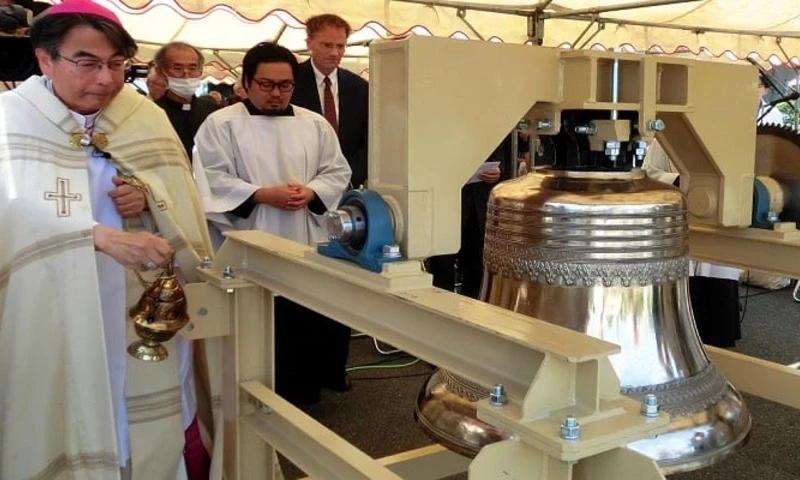



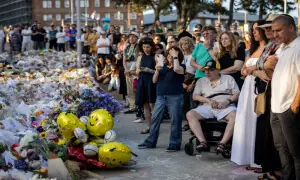
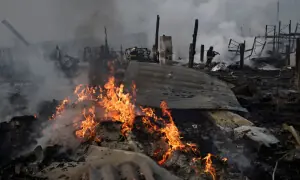


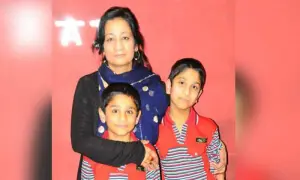
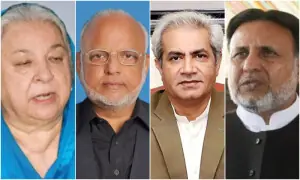




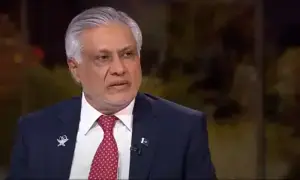
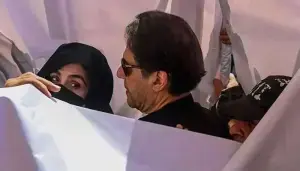


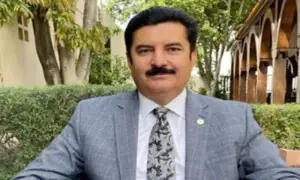
Comments are closed on this story.